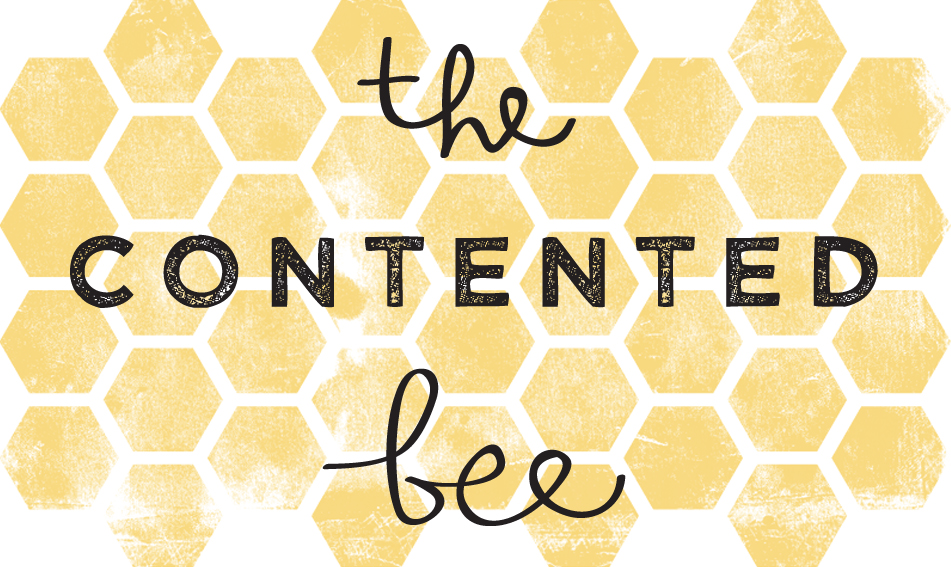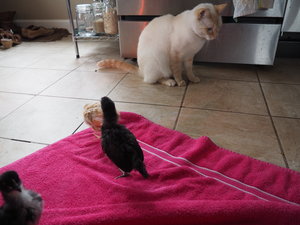Most books on chickens will tell you that chickens generally molt in the fall. Then other books will tell you that occasionally this is not the case. However, most chicken books do not tell you much more than that.
We’ve recently discovered that some chickens molt in the dead of winter. We know this to be a fact because four of our five are steadily dropping their feathers and baring their naked necks. We’ve tried to explain to them that now is not the time…but they don’t seem to care!
We first realized that Trudy, our Silver Laced Wyandotte, was molting when we saw her fluff her feathers and realized that there were no feathers on the back of her neck. Over the next week, we started finding piles of feathers in the coop and after closer inspection, realized that most of them weren’t Trudy’s, but were in fact our Barred Rocks’ Chicken & Pollo (or The Twins as they are more frequently called).
One thing that books do tell you is that chickens will often stop laying while they are molting as it takes a lot of protein to produce feathers and to produce eggs, so they just focus on one at a time. For the past two months, we’ve been only getting about 3-4 eggs per week, which we had blamed on the cold and dark days. However, realizing that several of our girls are molting, made the egg decrease make much more sense.
We’ve sense learned that molting can happen slowly, which is called a “soft molt”, or quickly, a “hard molt.” In a soft molt, you may not even realize that the hen is slowly losing and replacing her feathers. In a hard molt, you may have a nearly naked chicken running around your yard! We think our girls are experiencing a soft molt. It’s really only noticeable in patches around their necks and hopefully that continues to be the case as it makes it way down to their tails. We think Birdie, our Americauna, has been molting since November when she stopped laying. We had assumed she was protesting winter, and she may still be, but we also think she’s just taking a break while she works on those new feathers and perfects her beard.
In order to speed the process up a bit, we’ve been giving them lots of protein-filled snacks. They have been enjoying all the legumes, seeds, and meats that have been dumped into their dish over the past week and I’ve been enjoying cleaning out a few questionable leftovers in my fridge!
Overall, our girls don’t seem to mind that their necks are a bit bare even as the temps stay steadily below freezing. We did learn that they don’t like to be touched when molting because as their new feathers come in, the quills are rather sharp and so it can be painful if something touches their new feathers. So, we’re letting them be and making sure their coop is a bit more protected from the wind. I’m looking forward to a few weeks from now when their molting is complete, though, and our daily egg-gathering trips are much more profitable!









